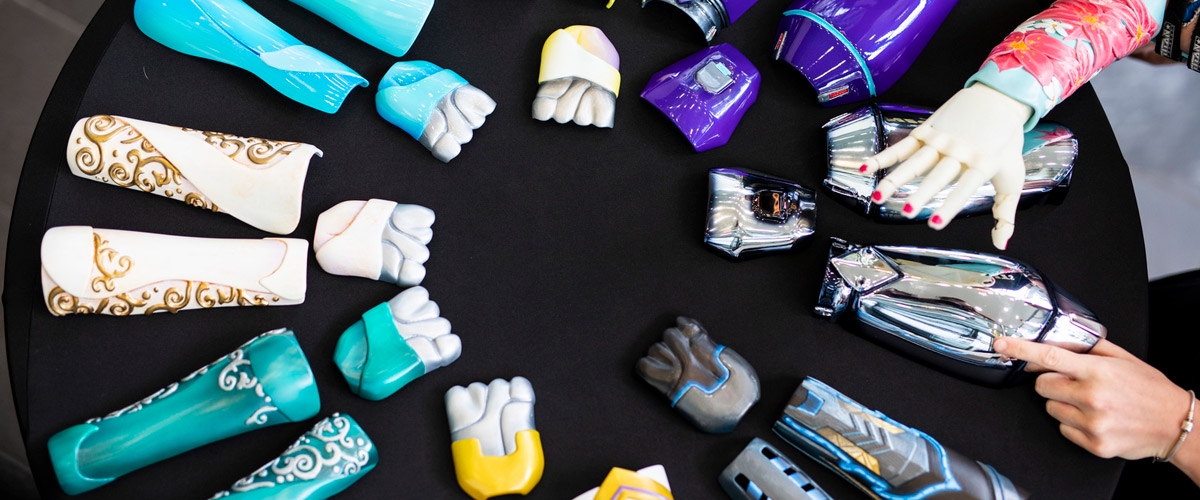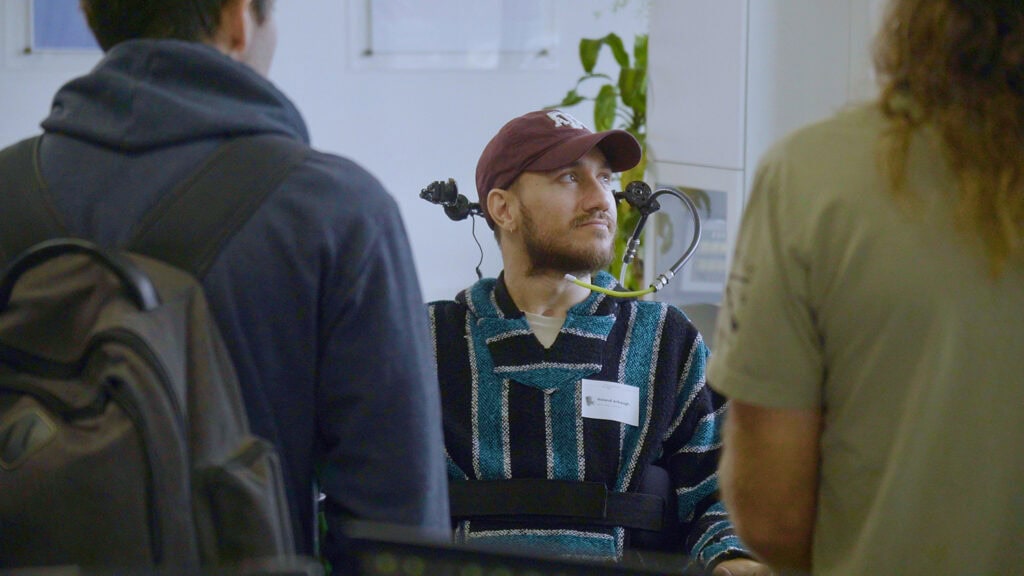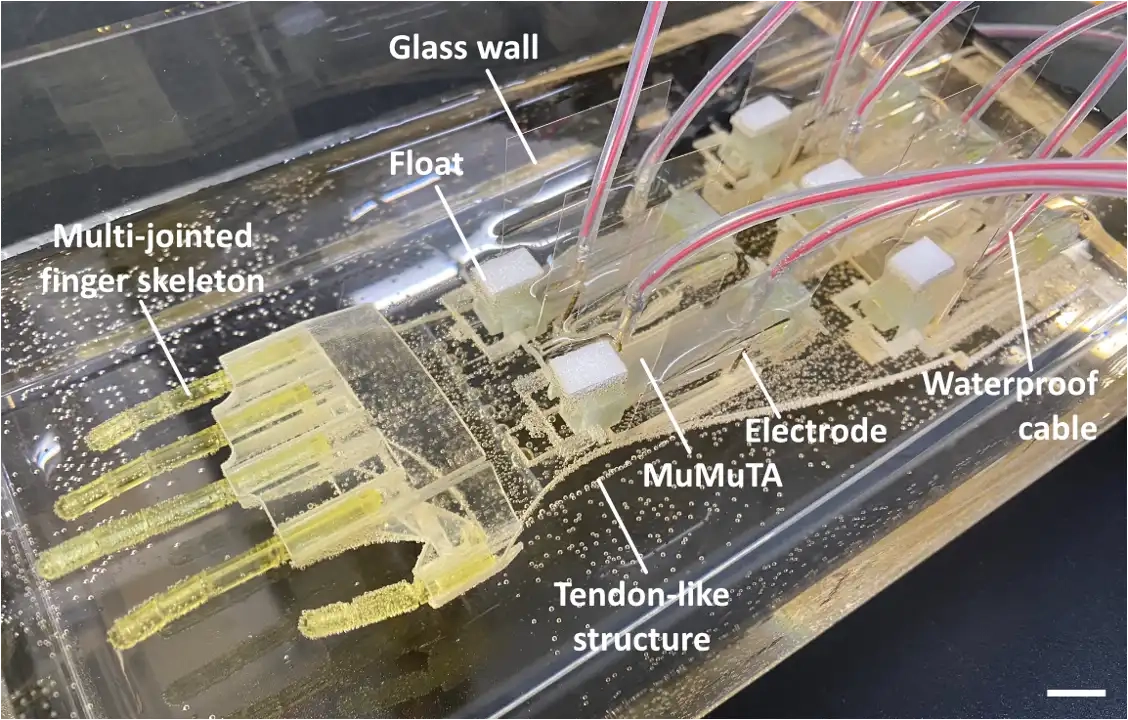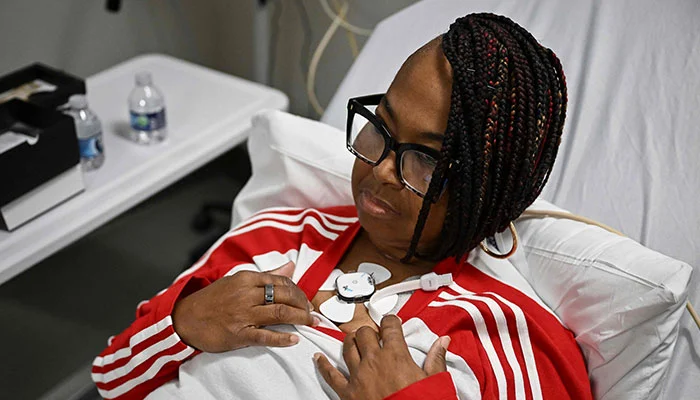Revolutionary Prosthetic: Impact Hand
Amputees often face long waiting periods to receive custom-made bionic prosthetics. However, engineers in the UK have developed a groundbreaking solution—Impact Hand, a 3D-printed prosthetic that can be ready within just two days of placing an order.
Created through a collaboration of experts from the University of Warwick and private British companies, the Impact Hand builds on the work of Ben Ryan, founder of Ambionics. Engineers refined Ryan’s original design by integrating advanced electrical elements, such as conductive silver-ink circuits. These circuits link muscle-movement sensors to motors and a battery. Moreover, the team enhanced the aesthetic design to create a sleek, user-friendly device.
Tailored and Fast: From Order to Delivery
To streamline the process, developers have created a dedicated website where customers can provide measurements, select colors, and customize additional parameters. Once an order is placed, the prosthetic is printed in approximately 10 hours using durable polymers. The final product includes a fully functioning thumb, pre-fitted sensors, and built-in actuators.
The Impact Hand operates via muscle sensors that detect movement in the user’s arm. When activated, the prosthetic thumb moves toward or away from the palm, enabling the user to grasp or release objects with ease. This combination of efficiency and advanced technology significantly reduces the waiting time and improves accessibility for amputees.
Innovative Funding and Future Prospects
The UK government agency Innovate UK has contributed nearly $1.2 million to fund the development of this cutting-edge prosthetic. While exact pricing and availability dates are yet to be announced, this innovation marks a major milestone in prosthetic technology.
In a related breakthrough, Swiss engineers have recently designed a prosthetic capable of providing users with real-time feedback on limb positioning, even without visual cues. Together, these advancements highlight how technology continues to redefine what prosthetics can achieve.






